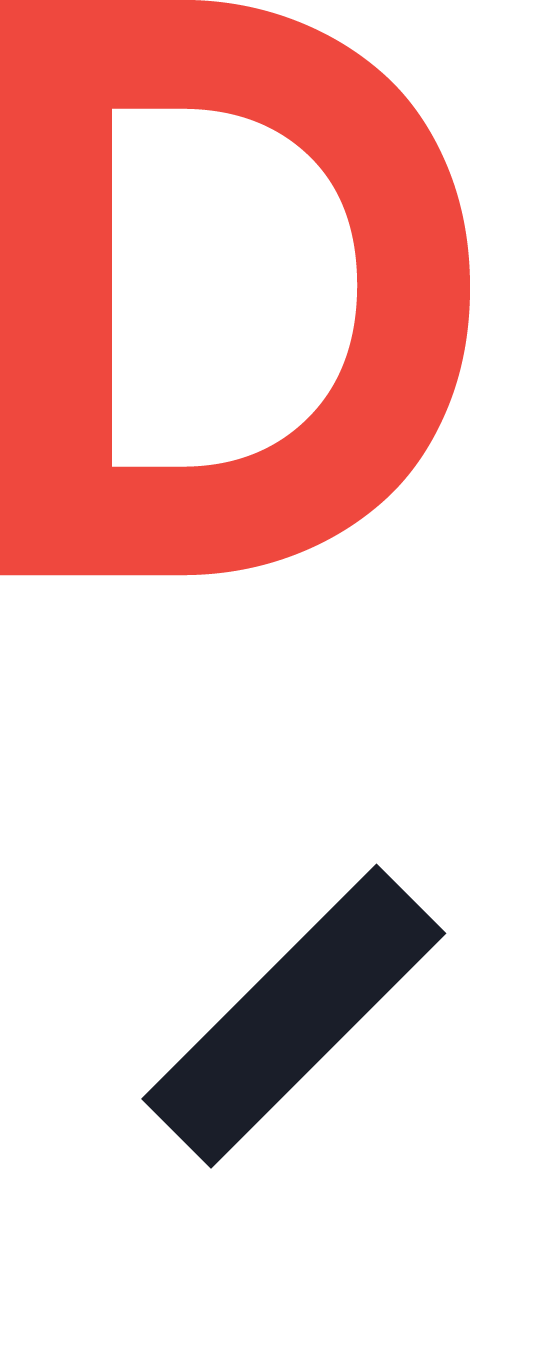Session 26
Maria Kefirova
On May 6, 2021, live on Facebook* at 6 pm
“I can’t really separate the video making from the dance making. They are two different articulations of the same ongoing process of modulating distance and proximity, fracturing time and space, opening gaps for different access to reality, for shifts of perception.
Of course, as a dancer, I am uneasy with the O Mighty power of the smooth visual image. The fact that I have such a pleasure working with video is a paradox. Maybe I do it because it helps me to disrupt the usual input-output relations of sound, movement, and image, of matter and fact, of absence and presence, of touch and illusion of touch, and because it gives me a sense of absorption.”
For Session 26, Maria Kefirova shares a selection of what she calls annexe videos — pieces created as part of her choreography work — refiguring them through performed relations to her live, albeit streamed, body and the space being occupied.
Maria Kefirova is a dance artist, who makes performances, installations and videos.
Her interest in the correlation between internal and external realities and the human body’s role as an interface between the two is at the heart of many of her works (The Nutcracker, Corps. Relations, Gold Meat, Manufacturing Tears). Through choreography, she builds physical spaces for movement of attention, thought and energy (Measuring distance, The Paradise, Why are dogs successful on stage?). Her work has been presented in different festivals and venues in Canada, US, Europe and Mexico. Maria Kefirova graduated from DASArts—Amsterdam, a residential laboratory for performing arts, research and innovation. She teaches and expands her choreographic practice through collaborations with other artists including Miguel Melgarez, Jean-Francois Laporte, Hanako Hoshimi-Caines, Katie Ward, Paul Chambers, Florence Figols, Brice Noeser, Johan Deschuymer and Diego Gil, among others.
This initiative is made possible through the support of the Exploration et déploiement numérique program, offered by the Conseil des arts et des lettres du Québec.
Dazibao thanks the artist for her generous collaboration as well as its advisory programming committee for its support.
Special thanks to TagTeam, Tatiana Matsoulevitch and Emmanuel Lagrange Paquet for their extraordinary collaboration with the entire Dazibao team in the development of this new axis of dissemination.
Dazibao receives financial support from the Conseil des arts et des lettres du Québec, the Canada Council for the Arts, the Conseil des arts de Montréal, the Ministère de la Culture et des Communications and the Ville de Montréal.
Dazibao acknowledges that we are located on unceded territory of the Kanien'kehá: ka Nation and that Tiohtiá: ke / Montreal is historically known as a gathering place for many First Nations, and today, is home to a diverse population of Indigenous as well as other peoples.

